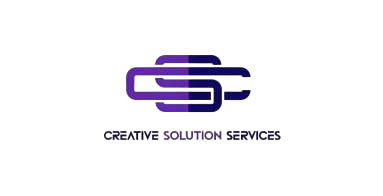The Power of Graphic Design: Best Practices, Tools, and Trends
Graphic design is a potent instrument that influences consumer behavior, creativity, and communication. In digital and print media, as well as branding and marketing, good design is essential to visually communicating ideas. Understanding the newest trends, necessary tools, and best practices will help you keep ahead in the rapidly changing field of design, regardless of whether you’re a professional designer or an aspiring creative.
The Value of Visual Design
Beyond aesthetics, graphic design is a strategic communication tool that improves brand identity, boosts engagement, and promotes conversions. Businesses use graphic design to produce engaging websites, social media posts, ads, and more. A well-designed image can captivate an audience, tell a tale, and leave a lasting impression.
Modern Graphic Design Trends
The graphic design industry is always changing. The following significant trends are influencing the industry today:
- Minimalism & Simplicity: Clear, uncomplicated, and clutter-free designs are becoming more and more popular since they enhance user experience and readability.
- Isometric and 3D Design: Digital visuals get depth and realism from isometric images and three-dimensional components.
- Bold Typefaces: Big, expressive fonts make brands stand out and convey messages
- Muted Colours and Gradients: Modern and aesthetically pleasing designs are produced by using soft, pastel colors and gradient effects.
- Hand-Drawn Illustrations: Personalised illustrations lend a distinctive and genuine feel to
- Sustainable & Eco-Friendly Design: More companies are using designs that are ecologically sensitive and inspired by nature.
Crucial Resources for Graphic Designers
A range of tools are used by designers to produce visually beautiful content. The following resources and software are essential:
. The industry-standard program for layout, illustration, and graphic design is Adobe Creative Cloud (Photoshop, Illustrator, and InDesign).
. Canva is an easy-to-use design tool that can be used by both novices and experts.
. Figma is a web design and UI/UX collaboration tool.
. An effective substitute for Adobe Illustrator is Affinity Designer.
. Procreate is an iPad app for digital drawing.
. Pexels and Unsplash are free stock photo sites with excellent graphics.
Top Techniques for Powerful Graphic Design
Take into account these recommended practices to produce designs that are professional and impactful:
- Know Your Audience: Recognise your target audience’s inclinations and
- Preserve Consistency: Make use of a unified color palette, typeface, and branding
- Put readability first by making sure the text has the right contrast and spacing to make it easy to read.
- Use High-Quality Images: Steer clear of low-resolution or pixelated
- Keep It Simple: When it comes to design, less is Steer clear of superfluous clutter.
- Stay Current: Stay abreast of market developments and consistently enhance your
In conclusion
The discipline of graphic design is constantly changing and combines strategy and creativity. Whether you’re designing for digital media, branding, or marketing, staying current with trends, utilising the appropriate tools, and adhering to best practices will help you produce visually striking and powerful content. To become an expert in graphic design, keep trying new things, studying, and honing your craft.



